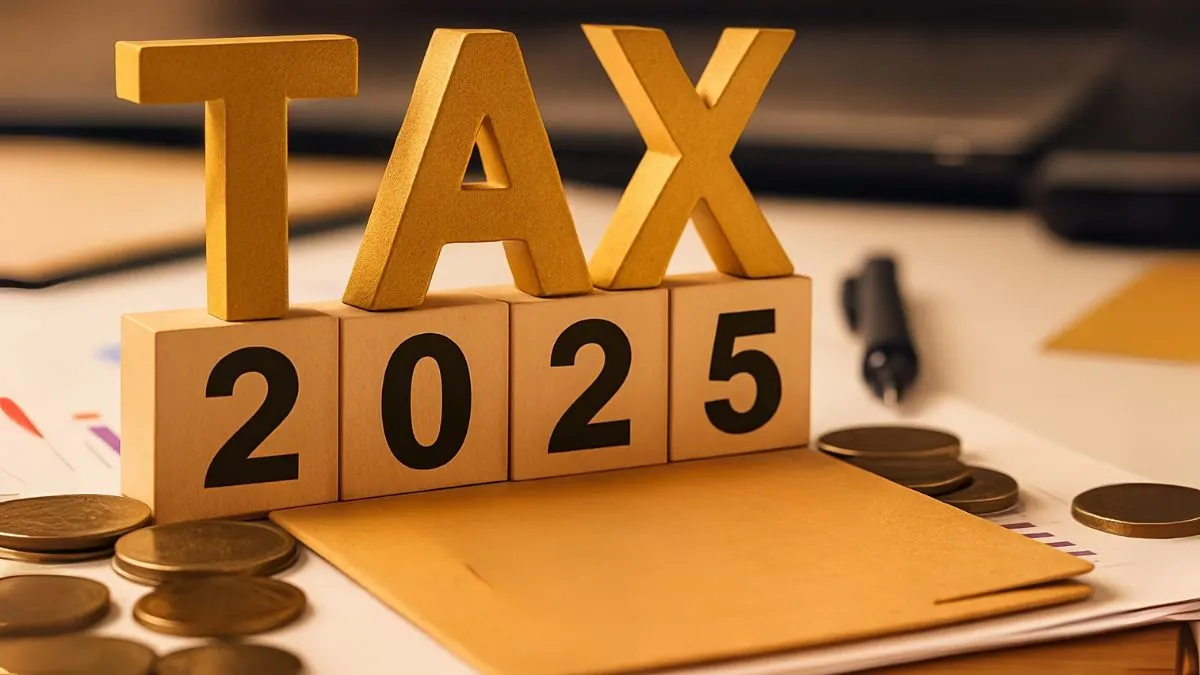
If you’ve ever seen "206CQ" while making tax payments or filing TCS, you’re not alone. Many taxpayers & businesses stumble upon this mysterious code & wonder what it stands for. Let's demystify Section 206CQ of the Income Tax Act, its meaning, & when it applies.
What Is Section 206CQ?
Let’s be clear—Section 206CQ is not a section of the Income Tax Act itself, but rather a TCS deposit challan code. When you go to deposit Tax Collected at Source (TCS) through Challan No../ITNS 281, 206CQ is used as the challan code for such deposits.
So technically, 206CQ is nothing but a TCS deposit challan code used when you’re depositing tax collected under various provisions, especially under Section 206C of the Income Tax Act. “
Why is 206CQ so important?
If you're a seller of goods or services liable to collect TCS, you need to know this. Section 206CQ applies to the seller of specific goods or services & is the reference point for depositing the collected tax. Without choosing the right challan code (i.e., 206CQ), your payment may not be correctly mapped in the government system. “
206CQ vs Section 206C – Don’t Confuse the Two!
It's crucial to note that 206CQ is different from Section 206C.
- Section 206C of the Income Tax Act lays down provisions for Tax Collected at Source (TCS) on the sale of goods & specified transactions.
- It mandates TDS (TCS) on the sale of goods exceeding INR 50 lakhs in a financial year.
- Meanwhile, 206CQ is the challan code used to deposit that tax once collected.
In short: Section 206C = Provision, 206CQ = Deposit Code.
Common Scenarios Where 206CQ is Used
Here’s when you’ll typically come across 206CQ:
- Sale of Goods over ₹50 Lakhs: If you're a seller who’s made sales exceeding ₹50 lakhs in a year, TCS needs to be collected at 0.1% from the buyer.
- Overseas Remittances under LRS: TCS is also applicable for certain foreign remittances. In such cases, too, 206CQ is the correct challan code.
- E-commerce Aggregators: If you’re an e-commerce operator collecting TCS from vendors, you’ll also need to use challan code 206CQ.
So, 206CQ is just a challan code used for Tax Collected at Source, but one that’s vital to file taxes correctly.
How to Use Challan Code 206CQ
When depositing TCS via Challan 281 on the NSDL portal or through your net banking:
- Select Code 206CQ
- Enter your PAN, TAN, financial year, assessment year, and the amount of tax collected.
- Choose the correct minor head (like 100 for TCS Regular Assessment).
- Confirm & proceed to payment.
Once paid, this is reflected in Form 26AS of the buyer & also in your TCS return filing.
What Happens If You Choose the Wrong Code?
Choosing the wrong challan code (say 200 instead of 206CQ) may result in mismatch errors, notice of demand, or non-reflection in Form 26AS. That’s why it’s important to double-check before submitting any TCS payment.
Is 206CQ TDS or TCS?
While the wording may confuse you, 206CQ refers strictly to TCS (Tax Collected at Source). It is not used for TDS (Tax Deducted at Source). The "Q" at the end of 206CQ is simply a way of classifying different types of TCS codes.
If you're filing TDS returns, you'd use different codes like 200, 400, etc., depending on the context.
Quick Recap – 206CQ in Plain Words
- 206CQ is not a section, it's a challan code for TCS deposits.
- It is used while depositing TCS under Section 206C of the Income Tax Act.
- It applies to sellers collecting TCS on transactions above ₹50 lakhs, overseas remittances, or specific goods/services.
- Wrong code = compliance issue, so be careful.
Final Word
While Section 206CQ may just be a challan code, using it properly ensures you're TCS compliant, avoids notices, & your buyer’s Form 26AS reflects the tax collected. If you're dealing with high-value transactions or foreign remittances, 206CQ is your go-to challan code.
Need help with TCS filing or compliance issues? Let our experts at Callmyca.com take care of it for you, so you can focus on your business, not tax codes.











